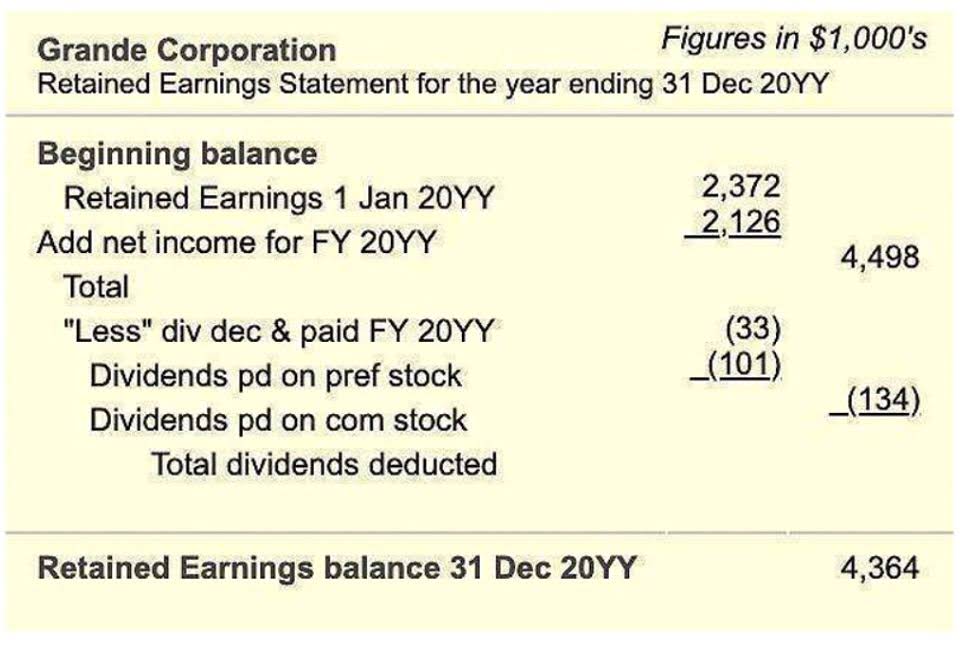
These standards net sales aim to enhance transparency and comparability in financial reporting, providing stakeholders with a clearer view of an organization’s financial obligations. Companies adopting these standards have faced challenges, including the need for updated systems, processes, and internal controls to ensure compliance. It mandates the recognition of right-of-use assets and lease liabilities for virtually all leases. IFRS 16, issued by the International Accounting Standards Board (IASB), serves a similar purpose on a global scale, aligning the accounting treatment of leases with international financial reporting practices. This standard eliminates the distinction between operating and finance leases for lessees, streamlining lease accounting. The lease liability is the present value of the future lease payments and is recorded alongside the right-of-use asset for operating and finance leases.
Accounting for leases:
Regular audits and updates to the lease management system can help maintain compliance and address any issues that may arise. In conjunction with the change in the lessee’s financial statement presentation, IFRS 16 also requires more robust disclosures. X would recognise a right-of-use-asset arising from the leaseback of the building. This would be measured as the proportion of the previous carrying amount that relates to the right of use retained by X. On this basis, the right of use asset would be $1,938,533 ($3,500,000 carrying amount of the building ÷ $4,500,000 fair value of the building x $2,492,400 present value of the expected lease payments).

Subsequent Measurement of Asset

The new lease accounting standards introduce significant changes, particularly in how leases are recognized on balance sheets. Previously, many leases were treated as off-balance-sheet transactions, but now lessees must recognize nearly all leases as assets and liabilities. This change aims to provide greater transparency and comparability in financial reporting. Another key change is the differentiation between finance leases and operating leases, which affects how expenses are reported. Under the new standards, finance leases will result in higher front-loaded expenses due to interest and amortization costs, while operating leases will maintain a more consistent expense pattern over time. This shift requires businesses to reassess their lease agreements and financial strategies.
Impact
It might seem counter-intuitive, but in some instances, the lease commencement date can occur before the date specified in the lease contract. For example, a lessee may take control of the leased space and use it for constructing leasehold improvements before deploying it for operational activity. In such cases, the start of lease payments or the date specified in the contract does not impact the IFRS-compliant lease commencement date. If the lease commencement date determined under IFRS 16 precedes the payment initiation, the right-of-use asset and related liability should be recognised at the commencement date. The gap between this date and when the payments begin should be treated as a ‘rent-free‘ period (IFRS 16.B36). Lease terminations require careful accounting to ensure financial statements accurately reflect the impact.
- This separation between the asset’s ownership (lessor) and control of the asset (lessee) is referred to as the agency cost of leasing.
- You can find an example of the calculation of an interest rate implicit in the lease on the page on lessor accounting.
- Overall, ASC 842 and IFRS 16 represent a critical evolution in lease accounting, promoting greater financial clarity and accountability.
- Other TopicsThis chapter discusses specific transactions (such as sale and leaseback transactions, and subleases) and the interaction between lease accounting and other areas of U.S.
- Developing a dedicated team or leveraging external consultants can help maintain accuracy and adherence to the new standards over time.
ASC 842 disclosure requirements

The main driver between operating and finance leases for lessors under IFRS 16 is transfer of ownership. For operating leases, the lessor continues depreciating the leased asset and records the incoming lease receipts as revenue on a straight-line basis over the lease term. ASC 842 https://www.bookstime.com/articles/c-corporation lease accounting replaces the previous GAAP lease accounting standard, ASC 840, which classified certain leases as “operating leases,” which were not capitalized on the balance sheet.
- This proactive approach has enabled these organizations to maintain accurate financial records and provide transparent reporting to stakeholders.
- The transition to ASC 842 and IFRS 16 revealed the necessity for robust data management systems.
- This change helps investors, analysts, and other stakeholders gain a more accurate view of a company’s financial health and leverage.
- Existing capital leases are not impacted by the change in lease standards apart from being referred to as finance leases.
- The amendments represent the largest revision of the standards since their launch in 2013.
- Although Avantax Wealth ManagementSM does not provide tax or legal advice, or supervise tax, accounting or legal services, Avantax representatives may offer these services through their independent outside business.
- If you are new to HBS Online, you will be required to set up an account before enrolling in the program of your choice.
How Do You Account for Lease Incentives?
Get the latest insights and industry updates from the accounting, audit and assurance experts at Meaden & Moore. The company has rented an office with 5 years and the payment of $120,000 is at the end of each year. At the end of year one, the carrying amount of the right-of-use-asset will be $895,470 ($942,600 less $47,130 depreciation). C does have the right to obtain substantially all of the economic benefits from use of the truck over the contract period. Its goods will occupy substantially all of the capacity of the truck, thereby preventing other parties from obtaining economic benefits from use of the truck.
Calculating Right-of-Use Asset
Considering the judgmental nature of these new standards, companies should also ensure they have lease accounting experts at their disposal to assist in navigating the complexities and nuances of the standards. FRS 102 is the new financial reporting standard for businesses and other entities in the United Kingdom and Ireland reporting under the Financial Reporting Council (FRS). The ROU asset reduction is the straight line amortization of the ROU asset less the interest on the remaining lease liability. To calculate this, use the operating lease expense less the interest accrued on the remaining liability. This amount is not the same from month to month since the lease liability reduces monthly, therefore the interest accrued is on a smaller amount through the life accounting for lease of the lease. The ROU asset reduction is the difference between the operating lease expense and the change in lease liability from the prior month.
- This distinction is important because the accounting for a lessor is significantly different from that of a lessee.
- With finance leases, the expense of leased assets is split into a depreciation component and an interest component.
- This step-by-step guide covers the basics of lease accounting according to IFRS and US GAAP.
- This last quantity is a plug to get our debits and credits equal, and these amounts will sum up to the lease liability balance over the lease term.
- Assuming these components do not meet the definition of a lease, the lessor and lessee allocate the lease payments between the lease of the building and the non-lease services.
- A lease of an underlying asset does not qualify as a lease of a low-value asset if the nature of the asset is such that, when new, the asset is typically not of low value.
FRS 102 lease accounting example
Lessees reporting under ASC 842 are required to recognize lease assets and lease liabilities on their balance sheets for both operating and finance (previously capital) leases. The lessee is required to perform a present value calculation of future expected lease payments to establish the lease liability and the related ROU asset. Accounting for leases classified as operating leases is affected the most, as leases classified as capital leases were already recognized on the balance sheet under ASC 840.
- Additionally, it has revised and restated the recognition exemption for leases of low-value assets.
- Case studies frequently emphasize the need for cross-departmental collaboration, particularly between finance, operations, and IT teams.
- H operates and maintains the truck and is responsible for the safe delivery of the goods.
- The initial assessment phase of implementing ASC 842 and IFRS 16 is crucial for organizations to understand the scope and impact of the new lease accounting standards.
- This podcast covers lessee accounting for real estate leases, including lease incentives, leasehold improvements, build-to-suit, and more.
R&D Tax Process Assessment
Simultaneously with the lease liability, recognize a corresponding ROU asset on the balance sheet. The ROU asset represents the lessee’s right to use the leased asset during the lease term. Companies need to disclose the impact of Ind AS 116 on their financial statements to stakeholders.
